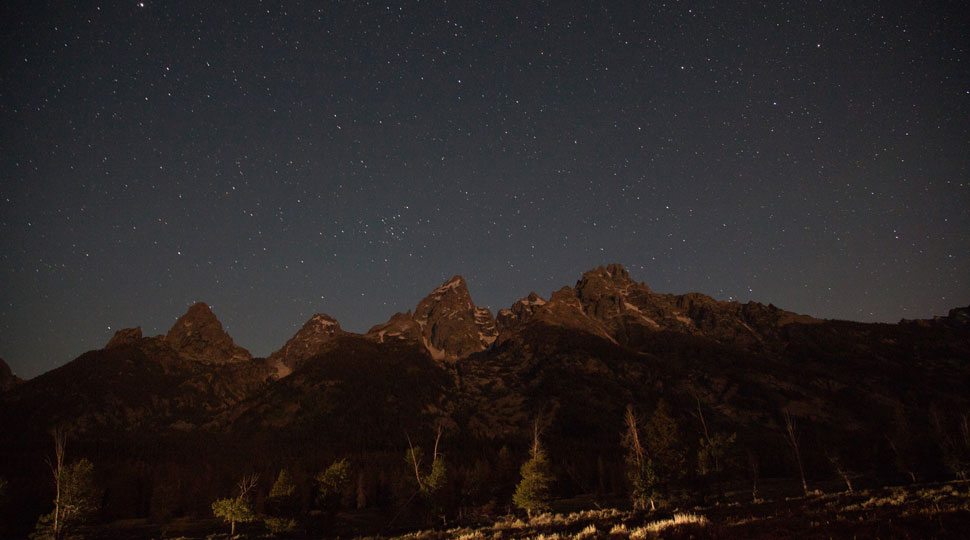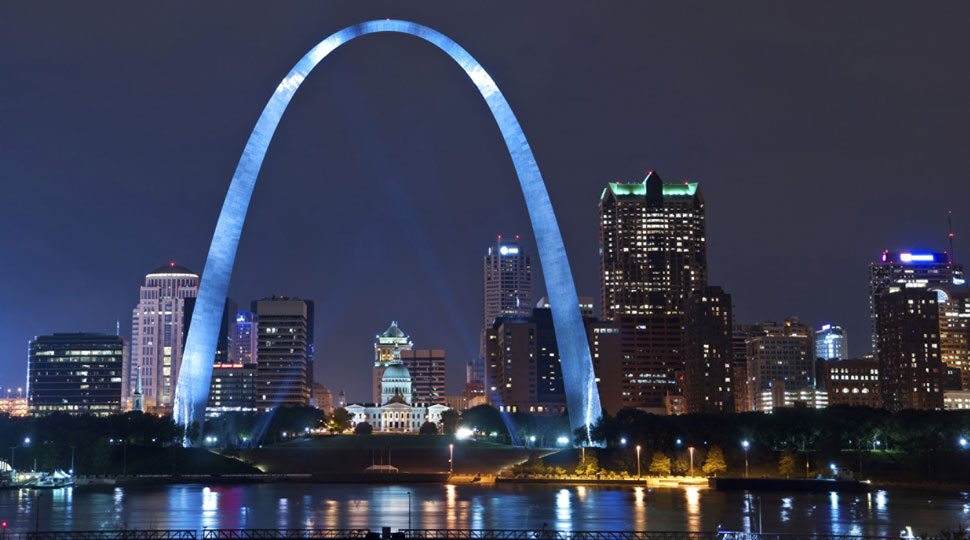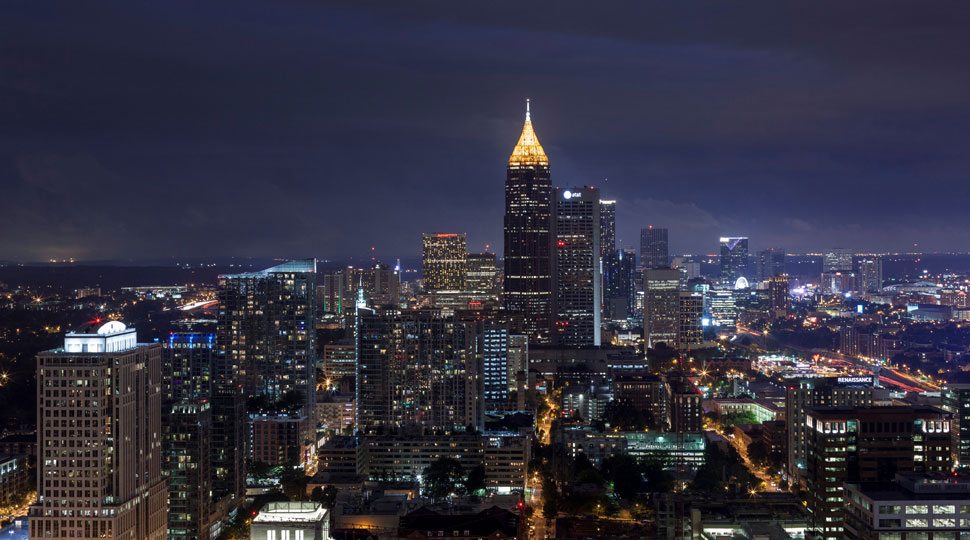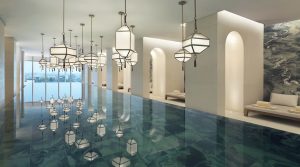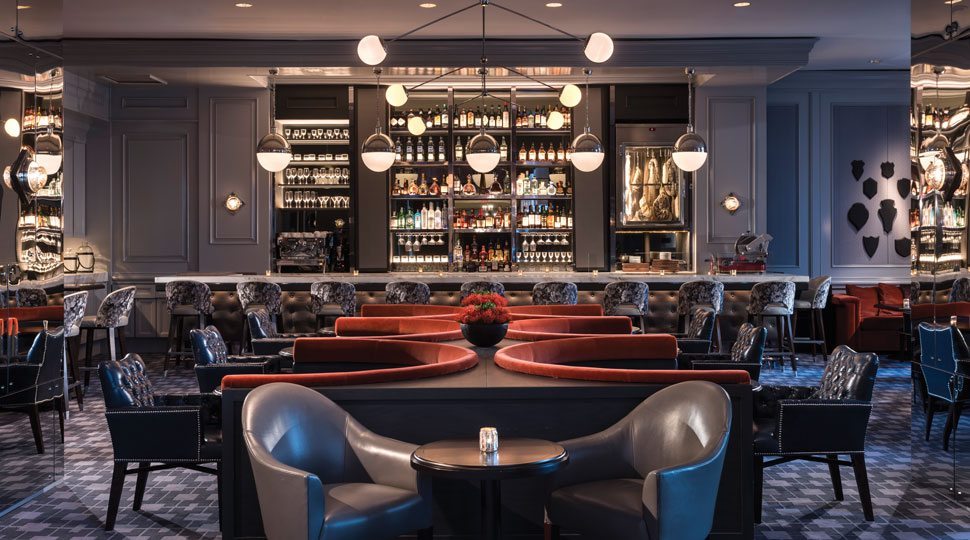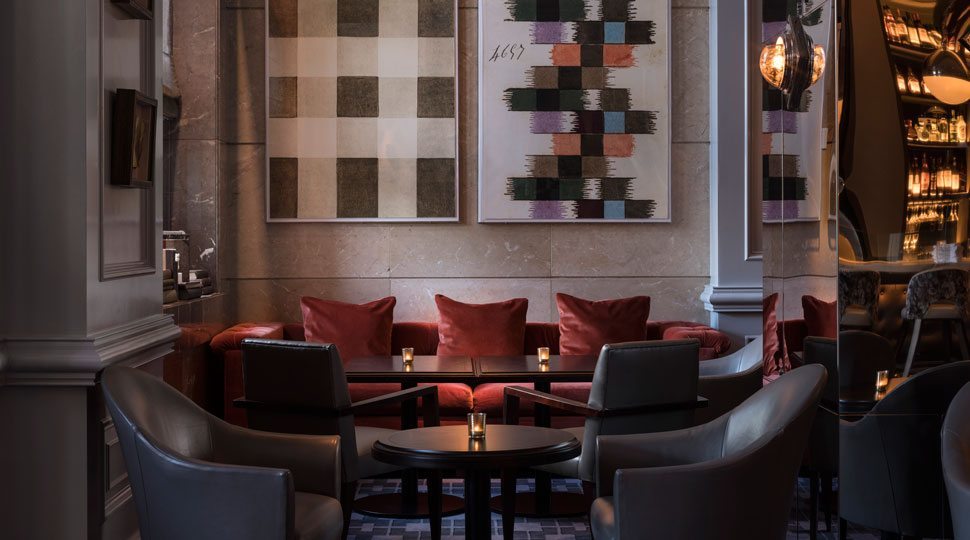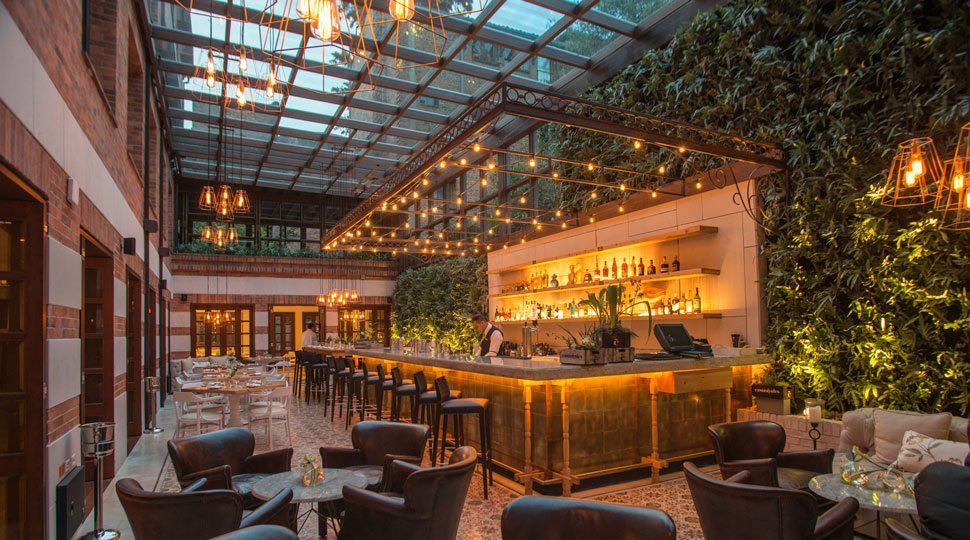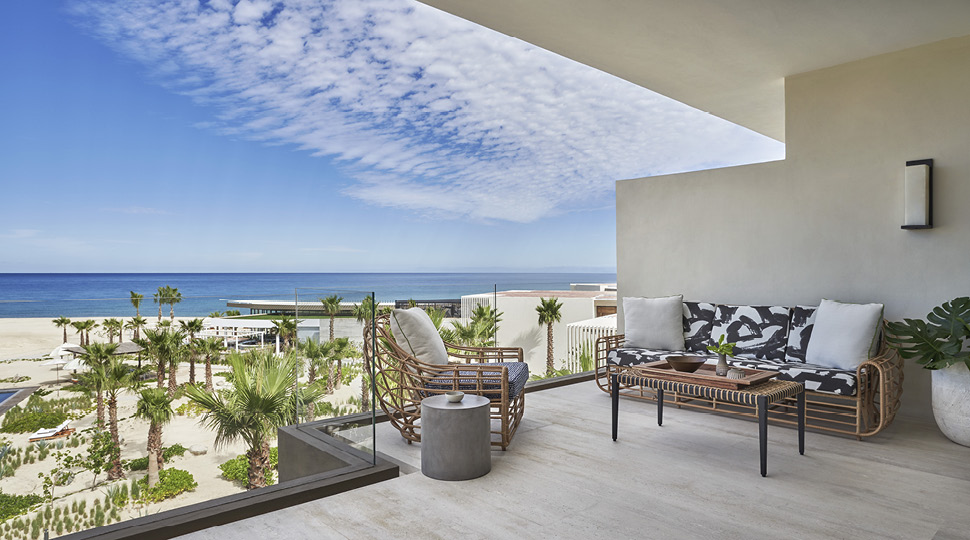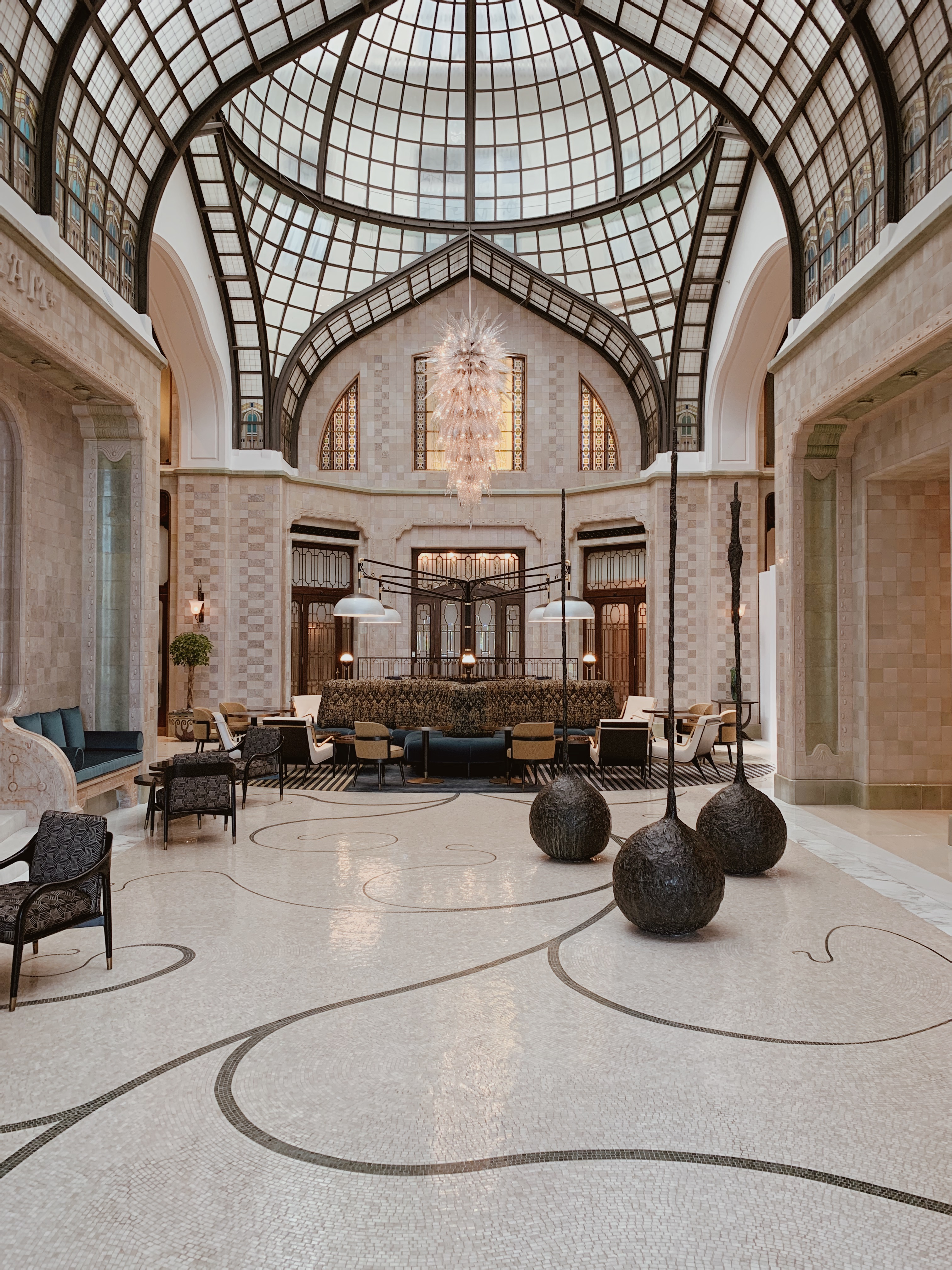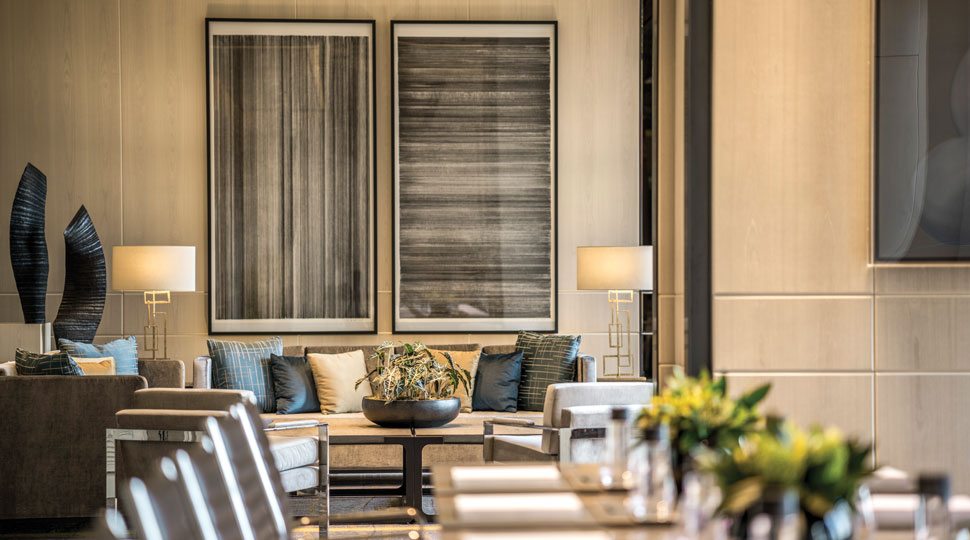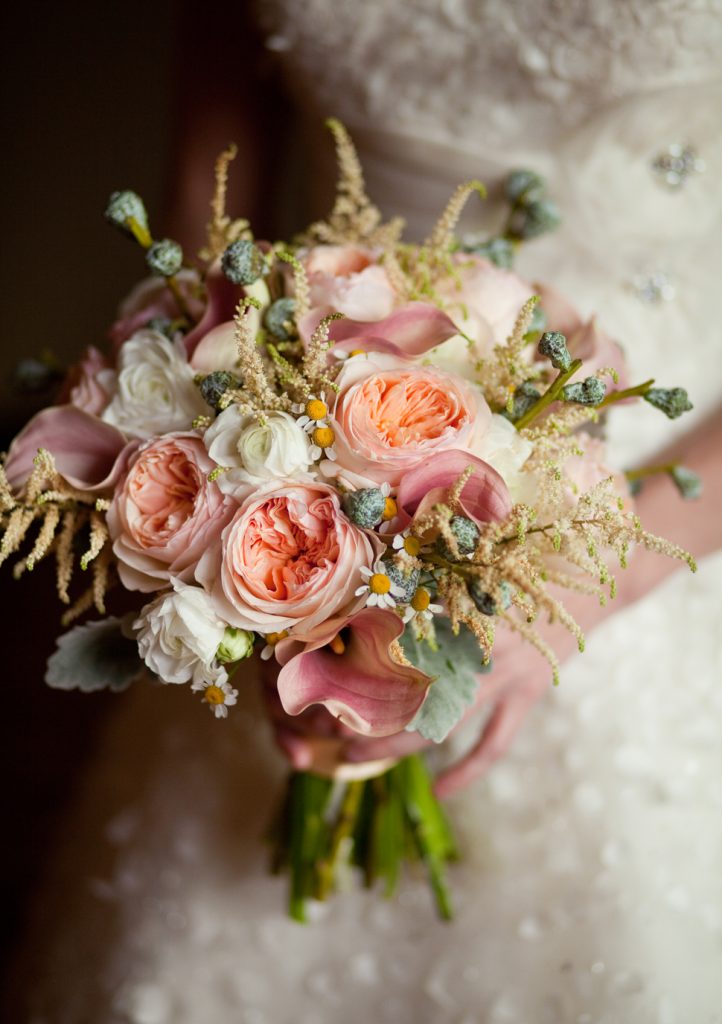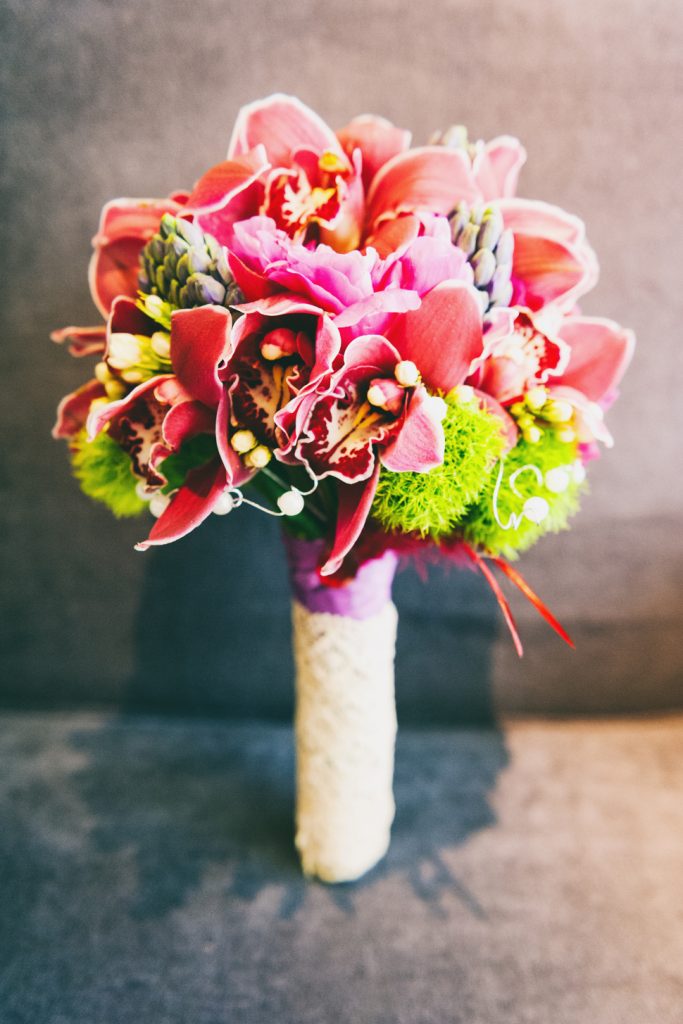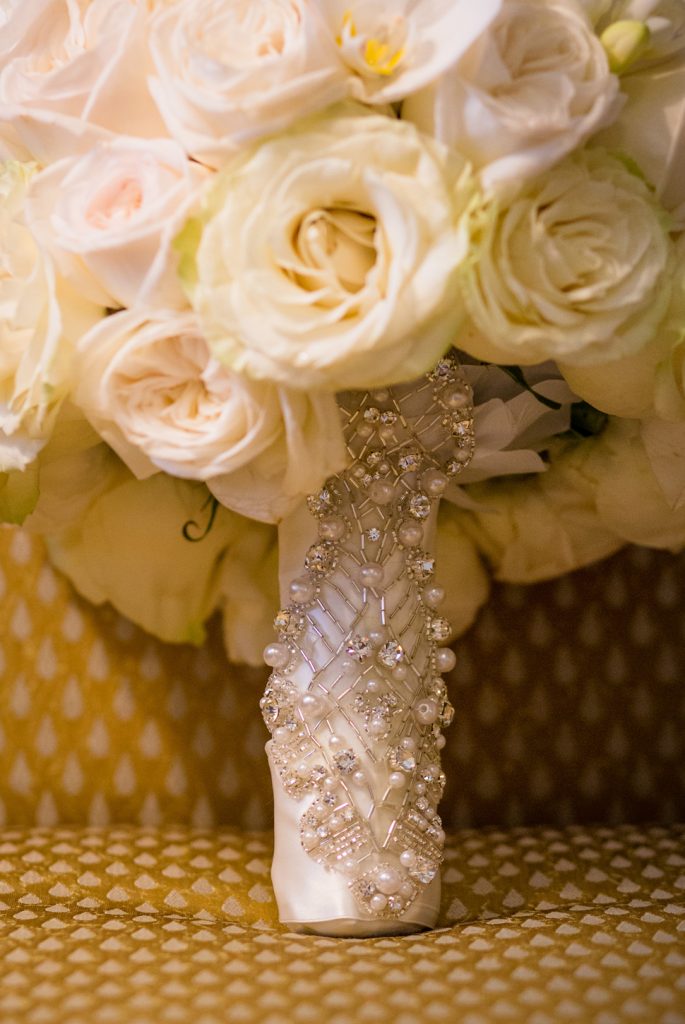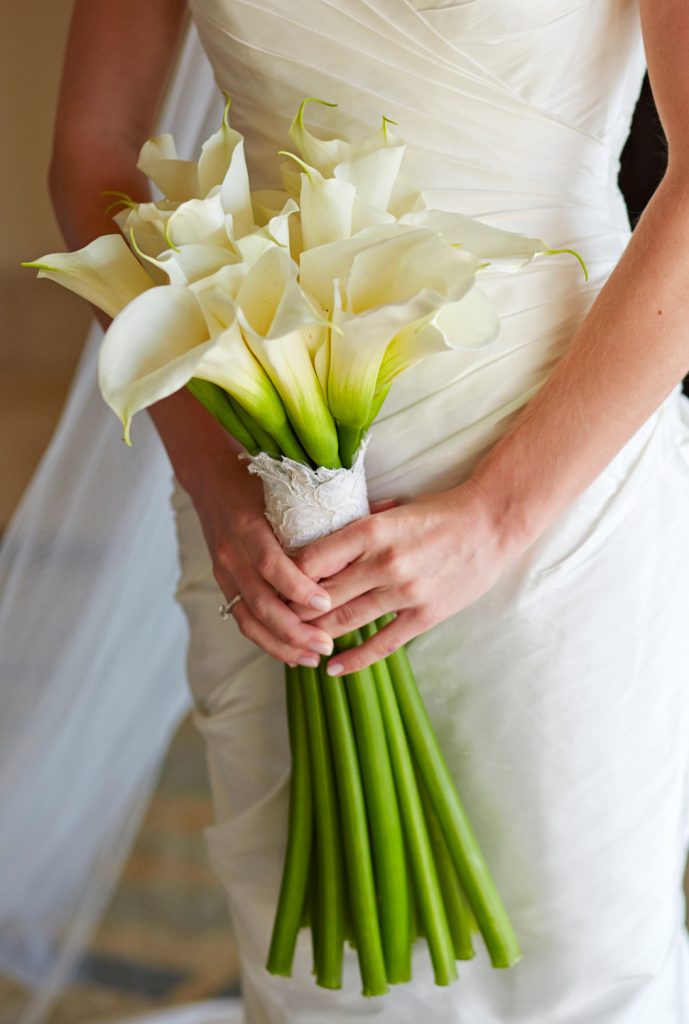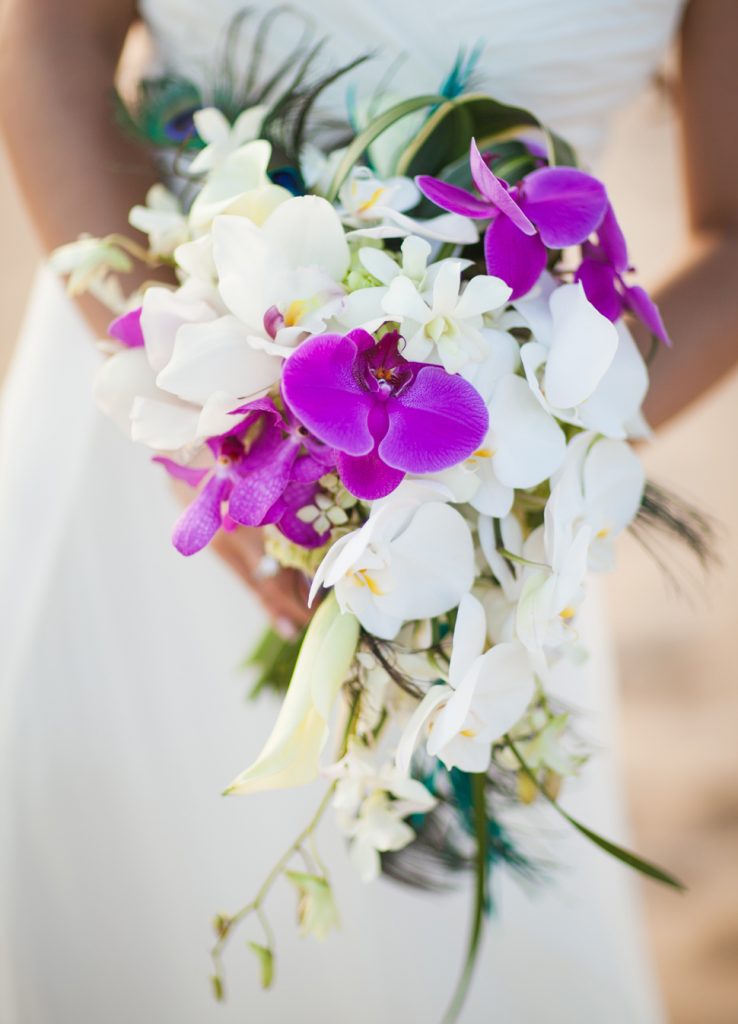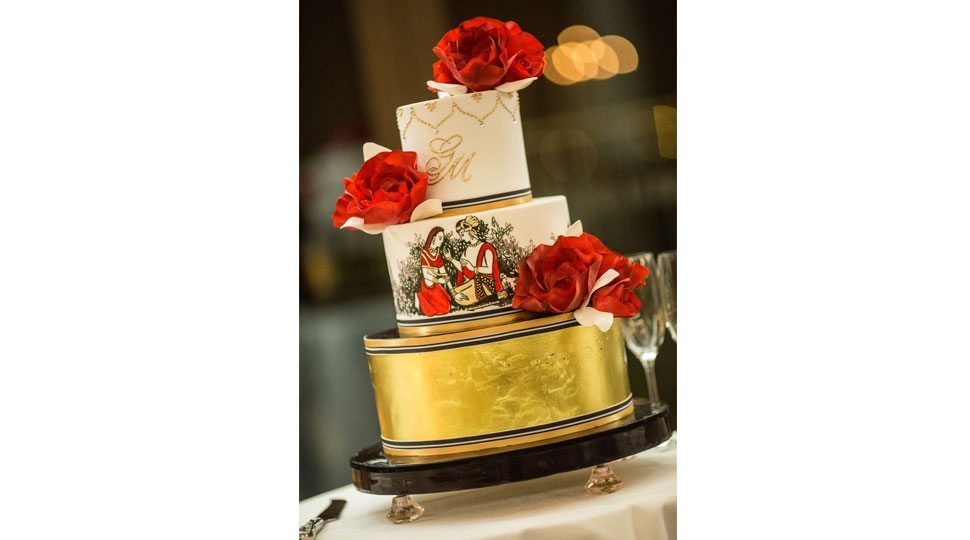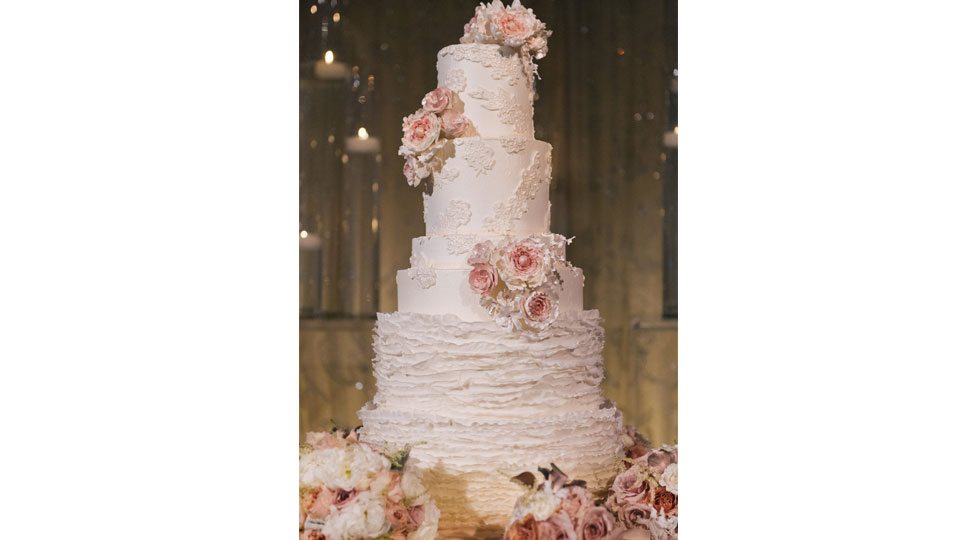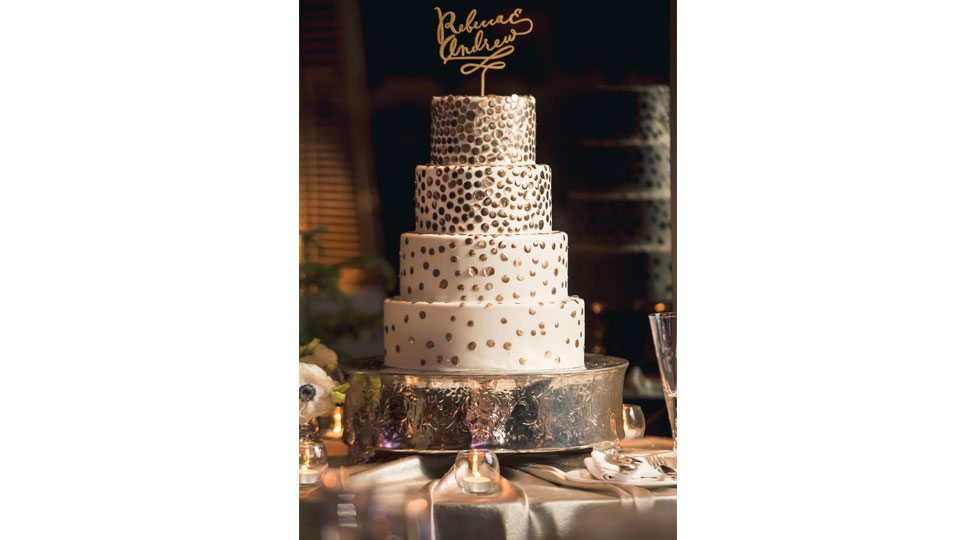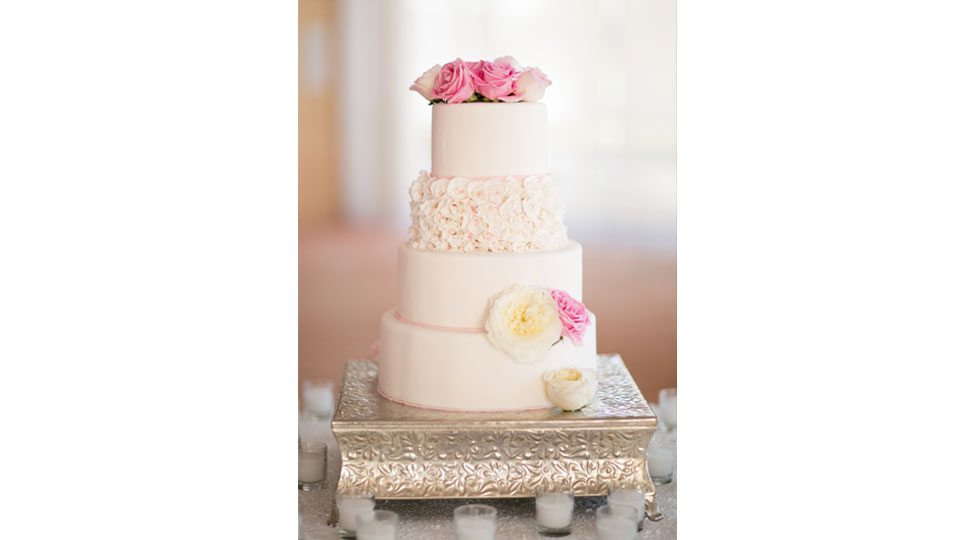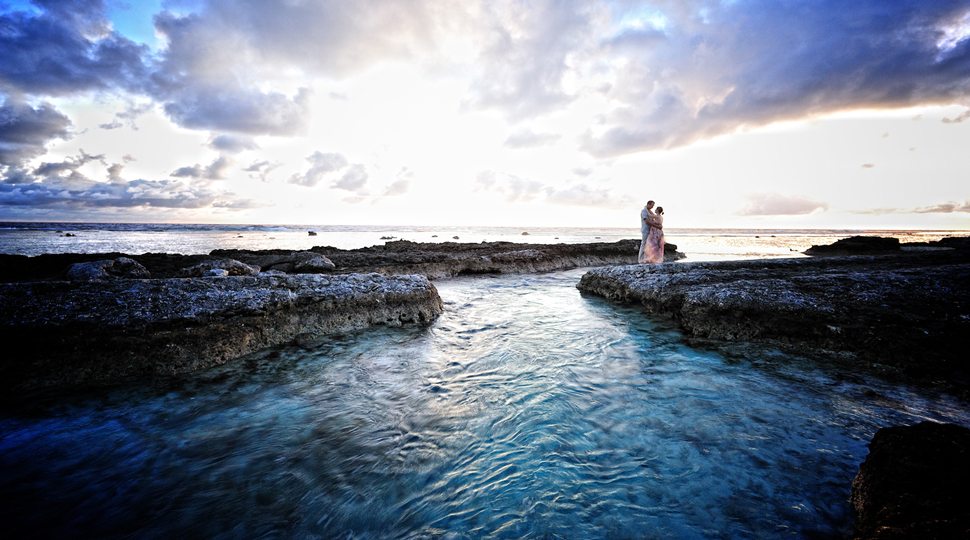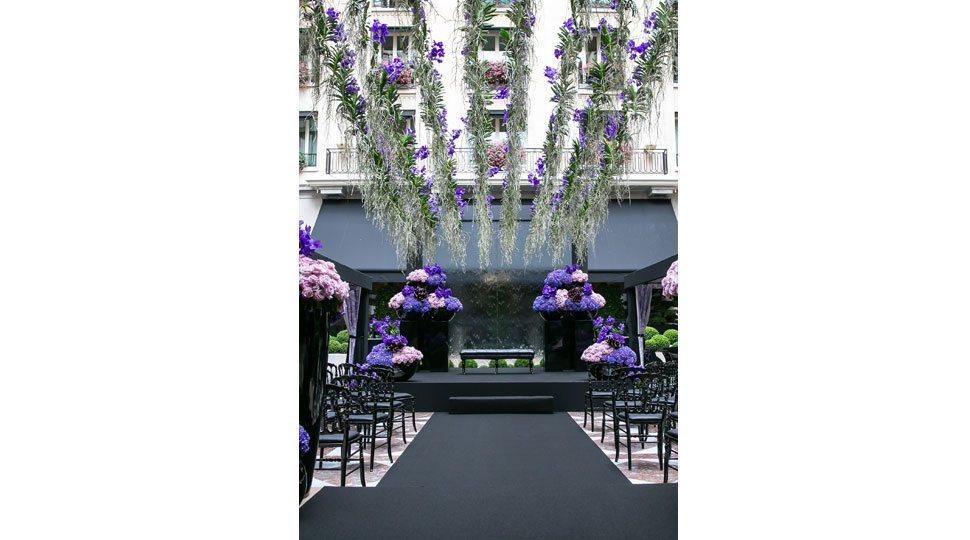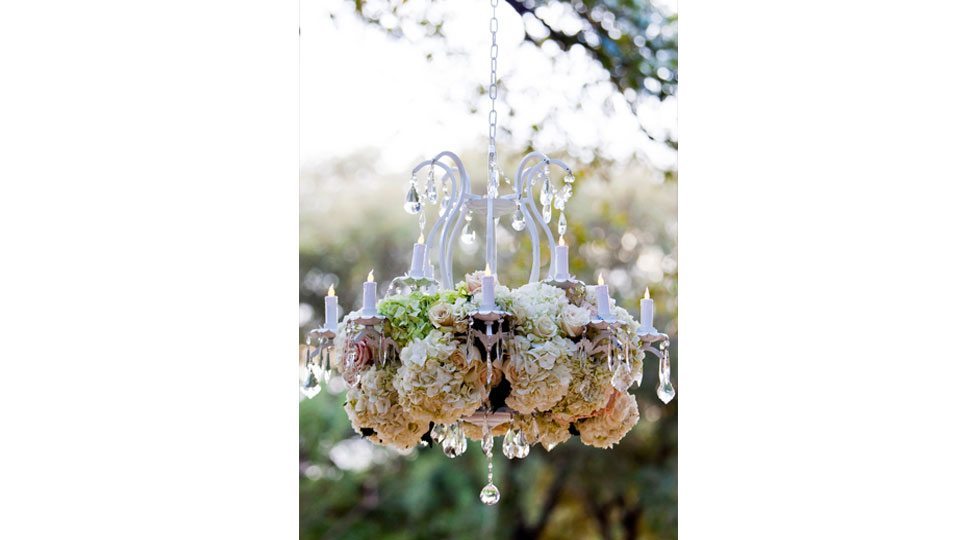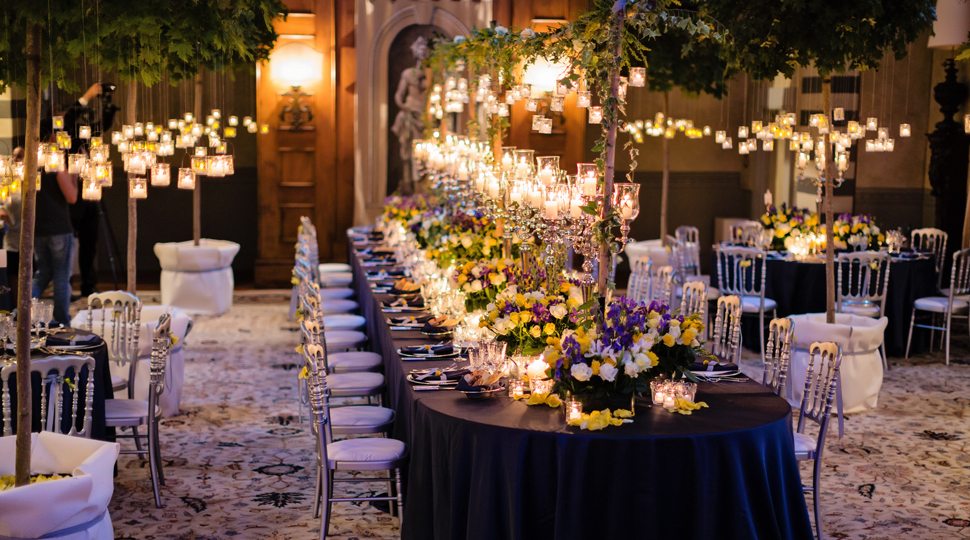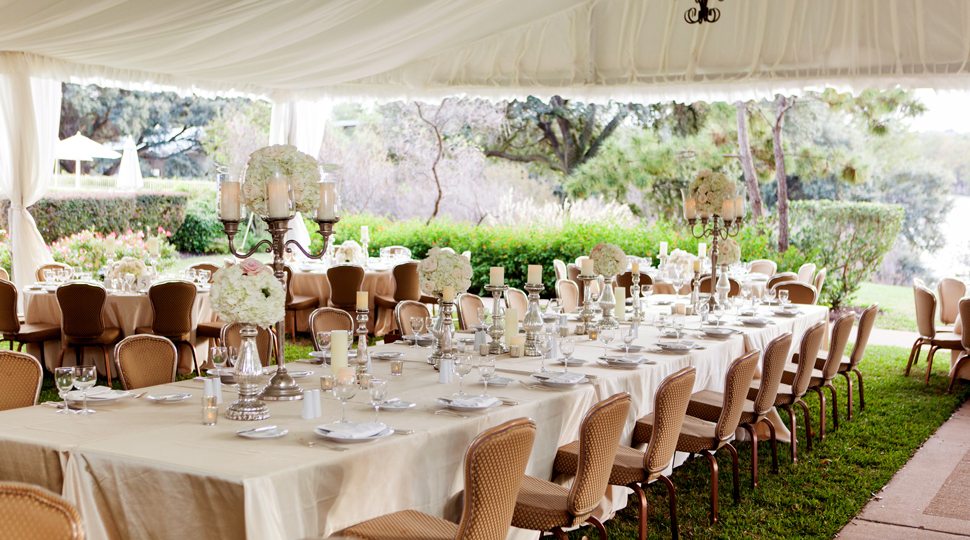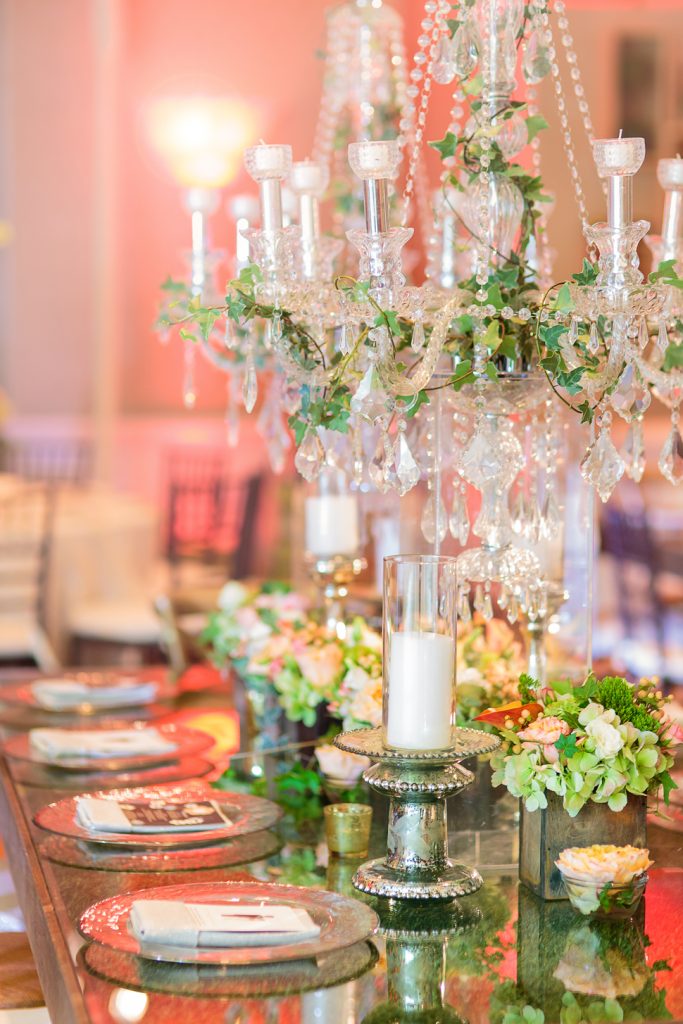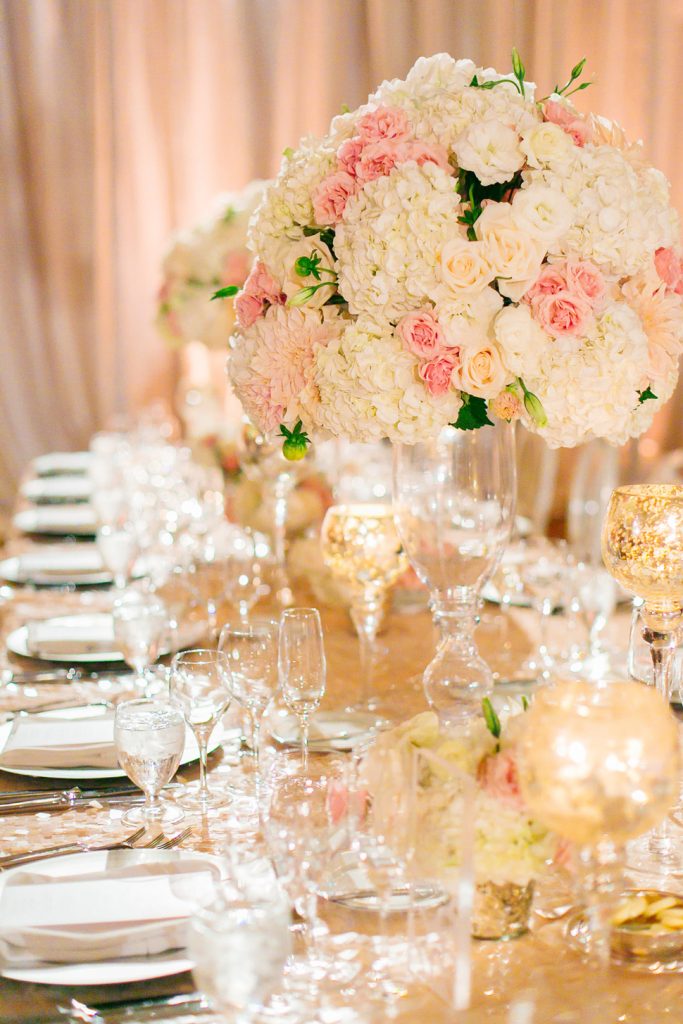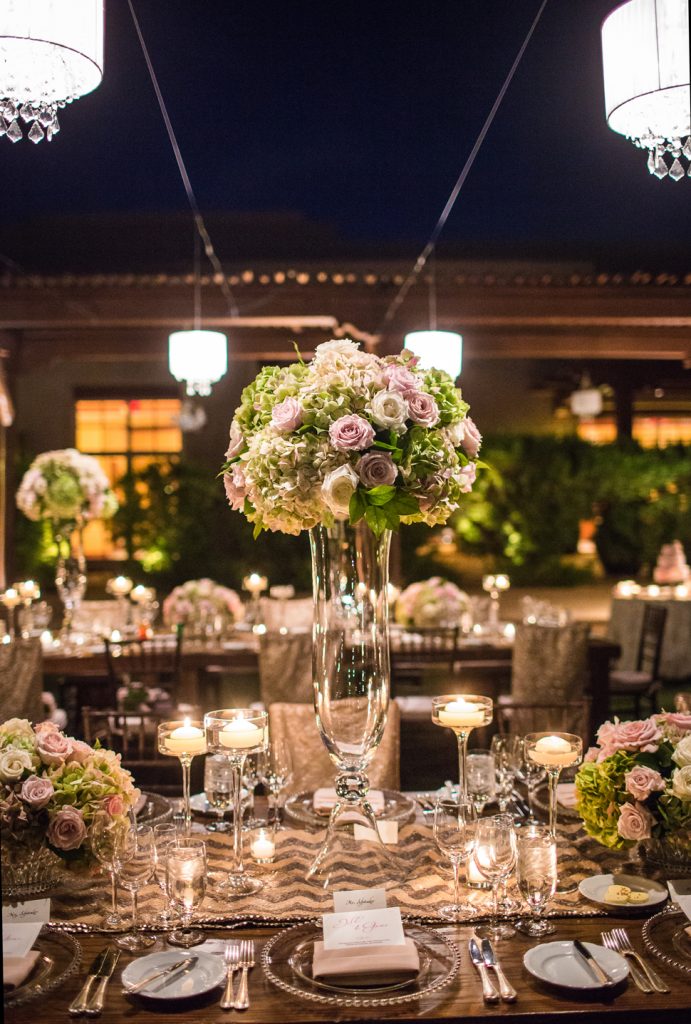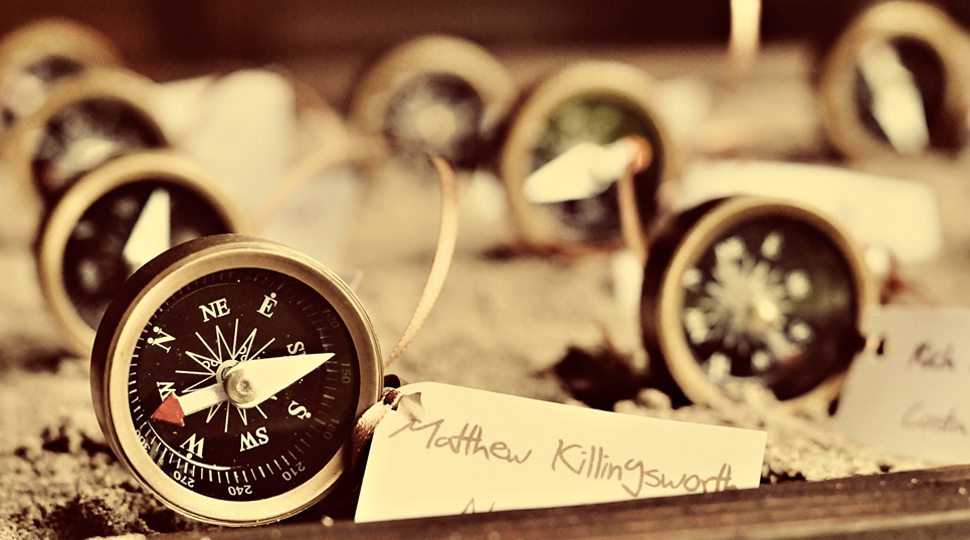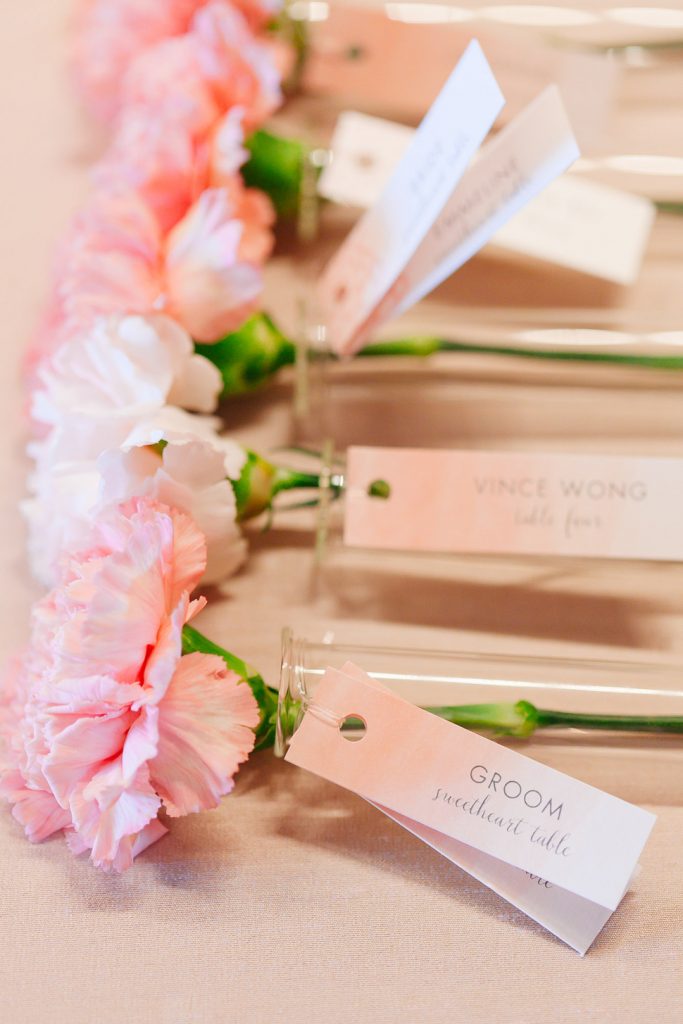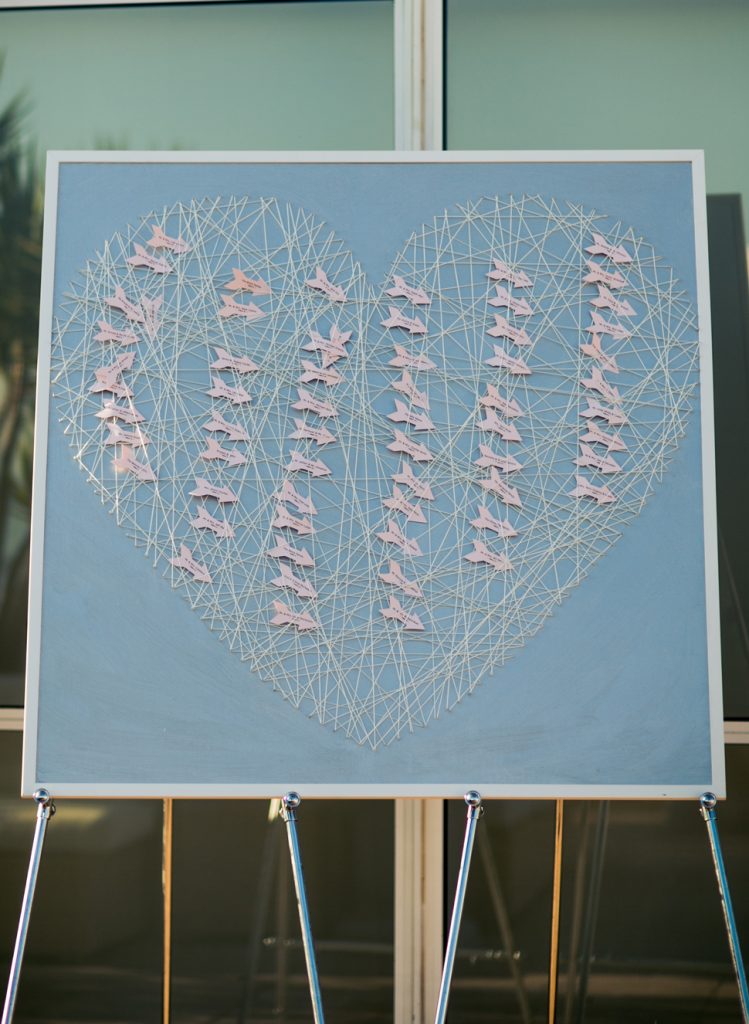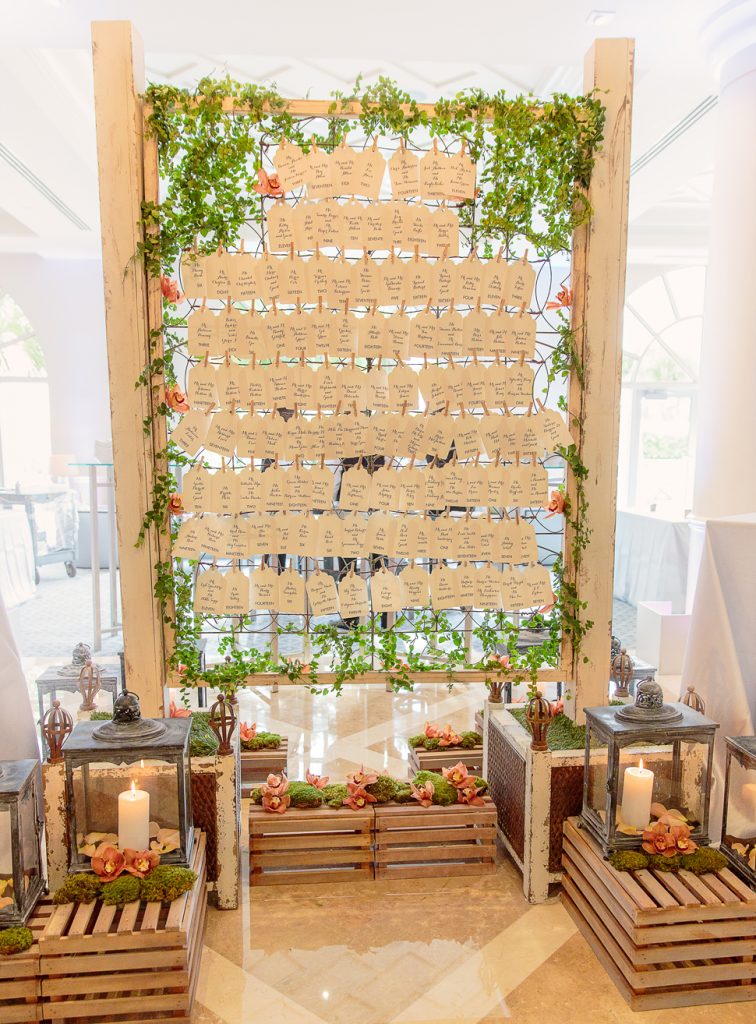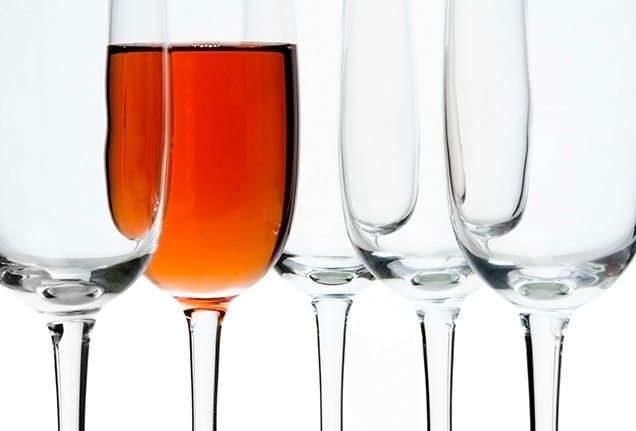It will be the astronomical event of a lifetime, but to see it you have to be in the right place at the right time. On August 21, 2017, the moon will pass between our planet and the sun and block the sun’s light in a total solar eclipse.
Though a total eclipse is visible from somewhere on Earth every two to three years, many of them pass over hard-to-get-to spots in Antarctica or mid-ocean. The shadow of this eclipse will run diagonally across the United States throughout the day, from northern Oregon to central South Carolina.
Wherever you are, whatever you’re doing, get yourself to a location where you can see the eclipse. – Ryan Hennessey, astrophysicist
From an astronomy lesson over a Champagne brunch to a gourmet picnic on a rooftop lounge, here the top ways to celebrate this especially rare occasion.
Gaze upward in Jackson Hole
Four Seasons Resort and Residences Jackson Hole, framed by the breathtaking Teton mountain range, sits right in the path of the eclipse.
“Wherever you are, whatever you’re doing, get yourself to a location where you can see the eclipse,” says Ryan Hennessy, astrophysicist and owner of the stargazing company Teton Skies, which is partnering with the Resort for a private solar eclipse viewing party.
From 9:00 to 2:00 pm, guests will sip Bloody Marys and mimosas at Rendezvous Lodge, 9,095 feet (2,772 metres) above Jackson Hole Valley, and safely view the eclipse through Teton Skies’ hydrogen-alpha solar telescopes.
If you are unable to attend the event but can get yourself to Jackson Hole, you can still enjoy a mountain-framed view of the eclipse (and breakfast) from a seat on the patio at Westbank Grill, or a lounge chair by the pool. The total eclipse is expected to appear here around 11:36 am and last for two minutes and 20 seconds.
Four Seasons Resort and Residences Jackson Hole
Picnic under the eclipse in St. Louis
Also in the shadow’s track is St. Louis, Missouri, a city that hasn’t seen a full solar eclipse since 1442 and won’t see another until 2505.
Although Four Seasons Hotel St. Louis isn’t in the path of totality, the full eclipse can be viewed from several parks nearby, including Jefferson Barracks Park, Castlewood State Park and Lone Elk Park. And the Hotel can help prepare you for your adventure.
A special eclipse-viewing offer, St. Louis Solar Eclipse Escape includes a one-night stay in Arch-view accommodations and two pairs of solar viewing glasses. Book this experience and our chefs will also prepare a gourmet picnic basket for you – think freshly baked bread, local artisanal cheese, sandwiches from Cielo’s kitchen and a bottle of wine – that you can enjoy under the changing sky.
In St. Louis, the partial eclipse is expected to begin around 11:50 am and the full eclipse around 1:18 pm.
Four Seasons Hotel St. Louis
Take a day trip near Atlanta
Farther east, Four Seasons Hotel Atlanta is just a short drive away from the path of totality. For the best views, head to Hart State Park or Vogel State Park.
You can find partial views that are even closer, like the pool deck at the Hotel or nearby parks in the city, including Piedmont Park and Centennial Olympic Park. And the Hotel’s Tesla can transport guests to any desired viewing spot within a 6-mile radius.
Regardless of where you choose to enjoy the eclipse, the Hotel’s kitchen stands ready to pack you a gourmet picnic you can enjoy with or without sunlight.
Four Seasons Hotel Atlanta
Expert tips for enjoying the eclipse
Depending on location, this solar blackout could last six or seven minutes – quite a long time, considering that the shadow will be racing across the continent at 1,100 to 5,000 miles per hour.
Once the sun is fully eclipsed, those gazing space-wards will have an opportunity to view it like never before. “This is a very rare opportunity to see the corona – the outermost region of the sun’s atmosphere,” Hennessey says. The corona is a “wispy plasma” of electrically charged particles that are millions of degrees hotter than the surface of the sun itself.
“It would be like if the air surrounding a light bulb [was] many thousands of times hotter than the surface of the glass,” he adds. “We think that has a lot to do with the magnetic fields, but it’s an incredible mystery.” And when the brightest parts of the sun are dimmed by the location of the moon, the corona will become visible to the naked eye.
Whether you’re observing this astronomical event from Grand Teton National Park, St. Louis, Atlanta or your own back yard, do so safely with a pair of eclipse glasses to protect your eyes. No one should ever look directly at the sun without special eyewear. You can remove your glasses briefly once the sun is obscured by the moon and get a better look at the corona.
“This is an incredible moment,” Hennessey says. “Many people, once they see [an eclipse], they end up chasing them all over the world.”
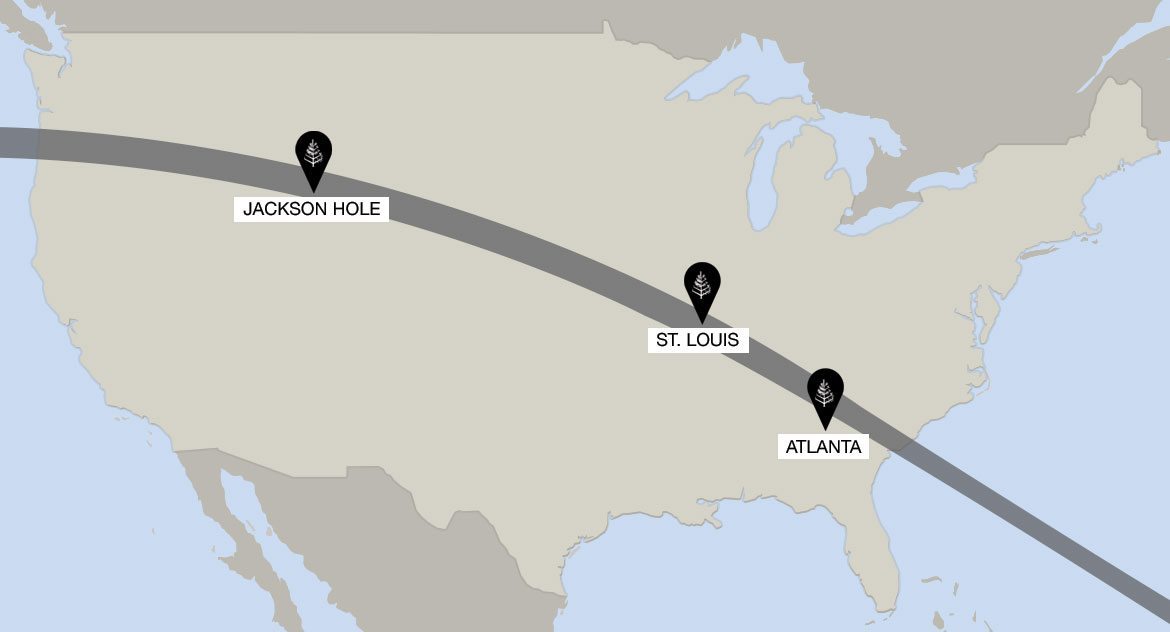
The eclipse’s path of totality will race by three Four Seasons destinations:
Jackson Hole, St. Louis and Atlanta.

